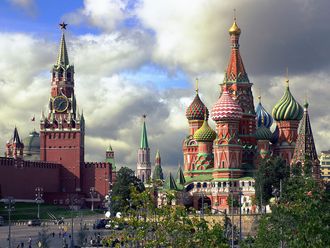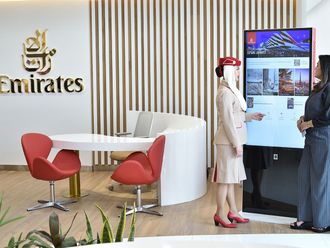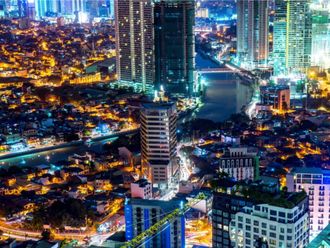Dubai: With their welcoming atmosphere, abundant beach resorts and generally pleasant temperatures, holiday hotspots in Southeast Asia are increasingly becoming a favourite among residents in the UAE and the rest of the Gulf region.
Travel specialists said there has been a growing tourism demand for Asian destinations like Thailand, Malaysia, Philippines, Singapore and Sri Lanka among expatriates and GCC nationals all over the region. Some of the eager holidaymakers looking to explore these places include Emiratis, Pakistanis, Indians, Syrians and Saudi nationals.
“Southeast Asia is a favourite destination among locals as well as expats from the Indian sub-continent throughout the year. Since inception, the numbers are only growing with many more European expats showing keen interest in visiting Southeast Asian countries,” said Digvijay Pratap, co-founder and managing director of HolidayMe.
Pratap said most of the holidaymakers from the UAE prefer to enjoy the plethora of beaches in Asia, including Koh Samui, Phuket and Krabi in Thailand and Langkawi in Malaysia. There’s also an increasing influx of UAE tourists into off-beat destinations, such as Vietnam, Cambodia, Laos and Burma.
“This has always been the trend. With every passing year, numbers are only rising. Although there was a slight dip overall for Southeast Asia travel during 2012 and 2013, it has been growing since at over 12 per cent every year,” Pratap told Gulf News.
The figures released by United Nations World Tourism Organisation (UNWTO) and World Travel and tourism Council put the growth of Southeast Asia tourist arrivals ahead of the rest of the world in 2015 alone, according to Saurabh Rai, executive vice president of Preferred Hotels & Resorts.
“We are definitely seeing this reflected in demand for our member hotels in the region as well as positively impacting traveler spend.”
According to Preferred Hotels & Resorts, residents in the region are drawn to Southeast Asia because of their accessibility, affordability, cooler temperatures and ample choice of accommodation options.
“The Middle East enjoys excellent air connectivity with key Southeast Asian destinations and although Europe is always a popular option for summer travel, the cost-value equation can make it expensive, especially for family travel,” said Rai.
“Heading eastwards means that travelers can splurge on a luxury hotel stay while enjoying all the benefits of affordable activities including excursions, shopping and dining, in some of the region’s most dynamic cities or ultra-relaxing beach resorts.”
MasterCard’s Asia Pacific Destinations Index 2015 included eight Southeast Asian countries in its top 20 Asia Pacific ranking of most popular destinations in terms of arrival numbers.
One of the popular destinations, the Philippines attracted more than 65,000 visitors from the Gulf Cooperation Council (GCC) between January and September 2015. Saudi Arabia topped the list of visitor numbers at 40,453, followed by travelers from the UAE and Kuwait.
The Tourism Authority of Thailand recorded more than 500,000 visitors from the Middle East last year, led by tourists from the UAE, followed by Oman, with an average stay of just under 12 days and daily spend of $171.
Malaysia, meanwhile, attracted 100,000 Saudi travelers and 15,769 visitors in 2015, according to the Malaysia Ministry of Tourism and Culture.
Singapore, considered a hub for both business and leisure travel, witnessed a 3.9 per cent growth in UAE visitors last year, with travelers reaching 78,693 in 2015.
Not far from the Gulf, places like Maldives and India are also attracting holidaymakers from the region, with Saudi and UAE residents topping the regional arrivals in 2014, and visitors to India from Oman almost double that of the UAE in 2015 at 103,740 and 55,818, according to Preferred, citing figures from India’s Ministry of Tourism.












